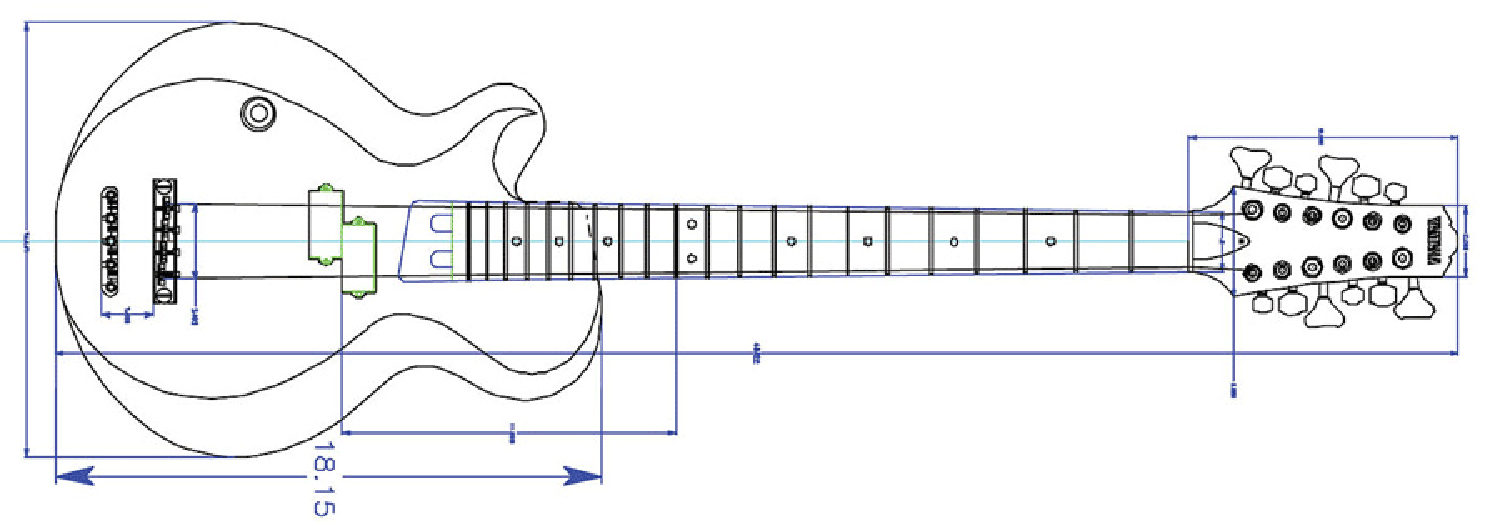The Center Fundamental String Arrangement
A hypothetical exercise
Colombian Tiple - the fundamental strings are centered between the octave strings.
If the fundamental strings can be either above or below the two high-octave strings, why can't they be centered in between them? And are there any good reasons to put them there? Thus far no 12-string basses have been documented that are strung this way, so in this regard this discussion is completely hypothetical. However, the Colombian tiple, which is one of the instruments that is a close ‘relative’ of the 12-string bass, is strung using this arrangement.
The theory behind this arrangement is that it would solve a "problem" that occurs with both the Standard and Inverted arrangements on 12-string basses. There are significantly different sounds that result when the strings are played with downstrokes versus upstrokes. Playing one way may give a bassier sound while playing the other way may emphasize the high-octave strings. Whether or not this is actually a problem is a matter of personal opinion. Most players think that this diversity of sounds is an inherent strength of the instrument. Changing from downstrokes to upstrokes gives a completely different flavor to the sound, and this change can be a welcome addition in many musical situations.
The Centered configuration would eliminate this situation altogether. Regardless of how the strings were played the sound would always be the same. Therefore this string configuration creates consistency at the expense of diversity. It also creates mechanical problems. The only way to actually accomplish the Centered string arrangement is to use a 12-saddle bridge. No manufacturers currently making a production model 12-saddle bass bridge of any kind.
The final problem arises due to the fact that the two high-octave strings are now separated by the fundamental string. A primary component of "The Sound" of a 12-string bass is the interaction of the two high-octave strings with each other. These two strings interacting and feeding off of each other is what creates the chorus and detune effects that are the trademark of this instrument. But since the two high-octave strings would be separated, one of these strings would be somewhat protected by the fundamental string. The pick would likely 'bounce' over one high-octave string, striking it with significantly less force and therefore volume. The resulting sound may be much more similar to an 8-string bass than a typical 12-string bass.
